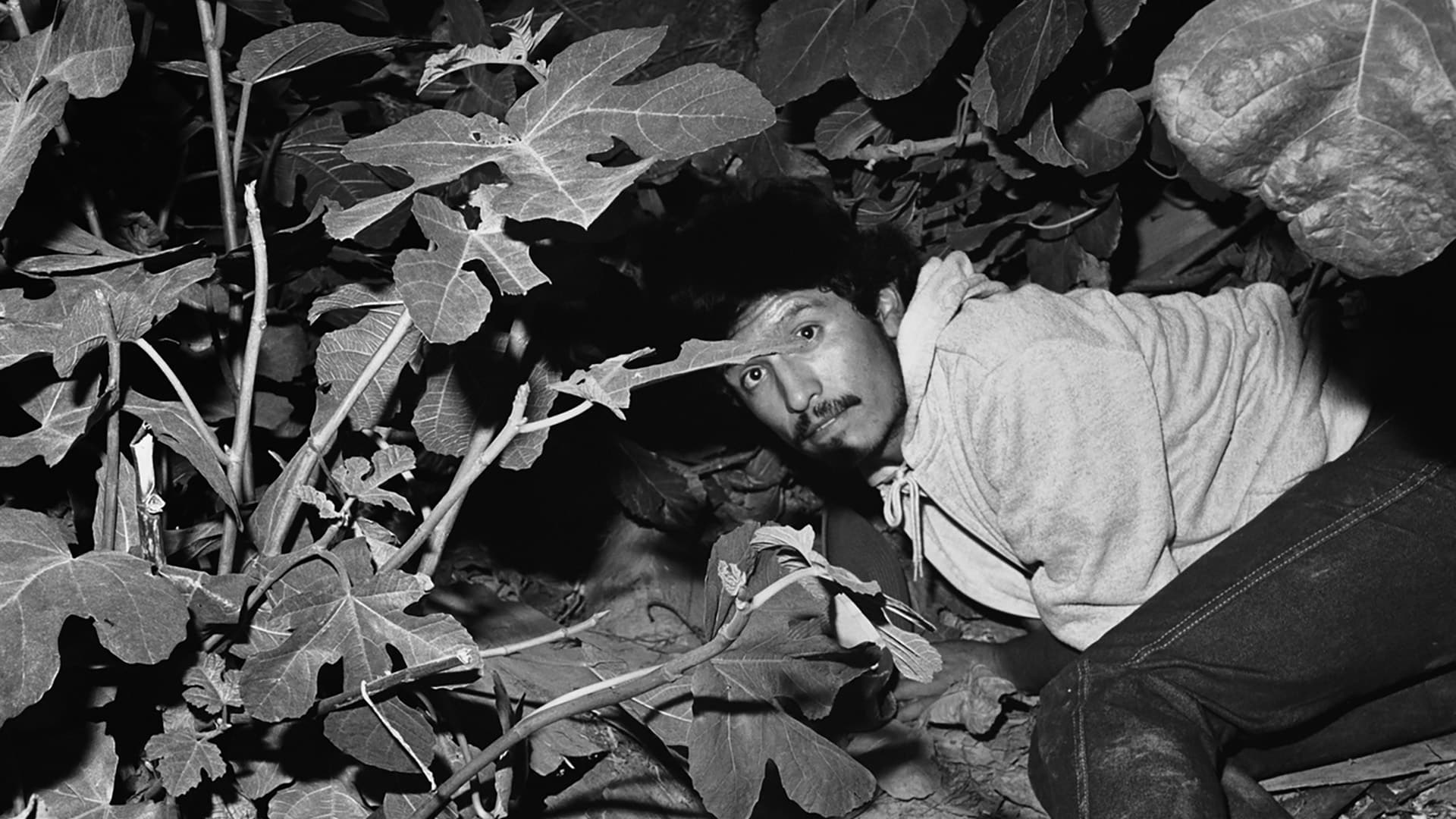American photographer Ken Light looks back at his time at the US/Mexico border in the 1980s when The Border Patrol began hunting migrants in the dead of night.

You’re getting blind.
Don’t miss the best of visual arts. Subscribe for $9 per month or $108 $90 per year.
Already suscribed ?



